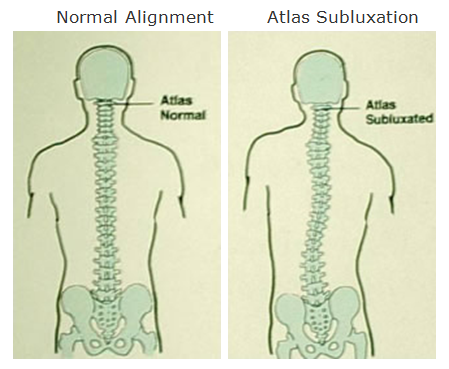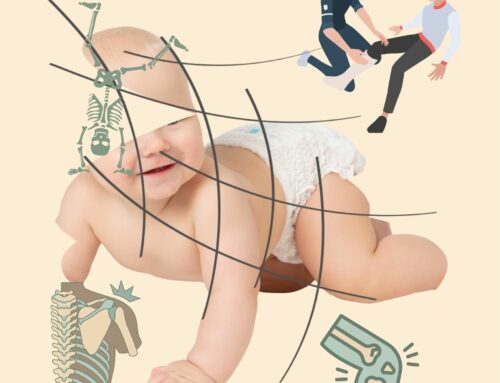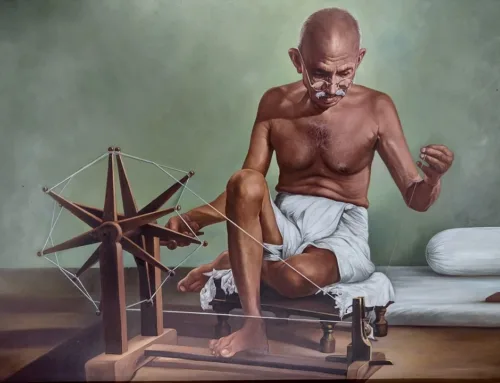Is there a link between forwarding head posture and headaches? If your head is forward the tight shortened muscles at the front of the neck will be the scalenes and sternocleidomastoid. They directly contribute to the forward pull of the head, tightness in the upper trapezius (top of the shoulder), chest and deltoids typically also contribute to the situation.
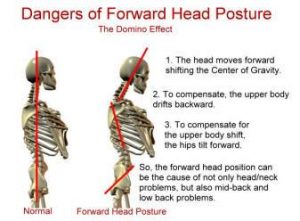
Karel Lovett reactor system shows that movements to the occiput are mimicked by the sacrum, C1 to L5, C2 to L4, C3 to L3 etc. Subsequently, a number of problems can arise, from low back pain to shoulder and ankle problems. On the dysfunction hierarchy at the initial level, one is experiencing pain and altered joint biomechanics, but only on a subconscious level. The problem exists and the information sent to the CNS regarding timing sequence and proprioception is now altered, though unbeknownst to the individual.
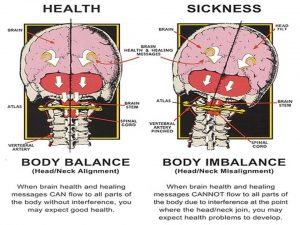
Now that your head is out of line this can contribute to what CHEK practitioners call an ‘atlas/axis subluxation.’ The very first bone in the neck is called Atlas or C1 for short and it is a ring-like bone at the junction where the head and neck meet. The second neck bone is called Axis or C2 for short and is found just below Atlas. Atlas and Axis together are commonly referred to as the upper cervical spine.
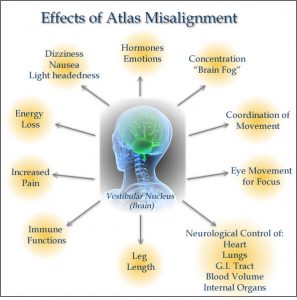
The Atlas and Axis are in close proximity to a portion of your central nervous system called the brain stem. The brain stem controls and coordinates virtually all of your body’s vital functions. When damage to the connective tissues occurs due to accidents and injuries, Atlas and Axis can misalign and lock into a stressed abnormal position, resulting in pressure, tension, irritation, disruption to blood flow and cerebrospinal fluid circulation. Atlas/Axis subluxation will also result in Postural Distortion in the spine below.
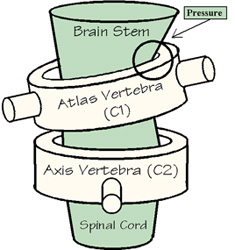
Signs and symptoms of atlas subluxation
Here is a list of some of the most common signs and symptoms of Atlas Subluxation Complex. Please note that the average case we see in the office will have at least 3 of the following signs and symptoms.
1. Neck Pain, Stiffness, Muscle Ache
2. Headaches that frequently involve the base of the skull and radiate usually to one side of the head.
3. A migraine’s that not only produce a throbbing pain but may cause a visual disturbance, nausea, or vomiting.
4. Vertigo, Dizziness, Faintness, ringing in the ears (tinnitus) and some types of hearing loss.
5. Facial Pain or Palsy (Trigeminal Neuralgia, Bells Palsy)
6. Grating or crackling sounds at the base of the skull when turning your head.
7. Inability to fully turn or lean your head to one side or the other (loss of range of motion).
8. Shoulder pain that is common between the shoulder blades but can occur between the neck and shoulder area as well.
9. Jaw pain that is typically behind the jaw or close to the ear.
10. Postural Distortion:
a. Head Tilt
b. Shoulder Tilt
c. Pelvic Tilt
d. Short Leg
e. Please note that head, shoulder, rib cage, and pelvic rotation can also occur.
11. Chest or Rib ache, discomfort, or pain From Postural Distortion.
12. Nerve root irritation can occur at the resulting stress points along the spine.
13. Radiating arm pain, shoulder pain and leg pain (sciatica) can develop through nerve root tension and irritation.
14. Low back pain and spinal disc damage occur over time due to Postural Distortion.
15. Hip, knee, or ankle pain and dysfunction typically on the side of the short leg.
16. Brain congestion due to mechanical blockage of blood flow, particularly venous drainage and cerebrospinal fluid circulation. (Current research is pointing to neurodegenerative disorders developing over time due to long-term brain congestion).
17. High Blood Pressure (neurologically based)
18. Vagus nerve disruption can present as heart, lung, stomach, digestive, and bowel disorders.
19. Dysautonomia due to an imbalance between sympathetic (fight or flight system) and parasympathetic (rest and digest system) nervous system which most commonly results in over-activity of the fight or flight response leading to a chronic stress state.
20. Difficulty sleeping, insomnia and some cases grind their teeth at night (bruxism).
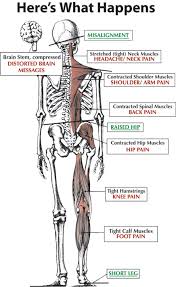
Cesar Fernandez 2006 medical paper carried out a study to assess the differences in the presence of trigger points (TrPs) in head and neck muscles, forward head posture (FHP) and neck mobility between episodic tension-type headache (ETTH) subjects and healthy controls. There is a definite referred pain pattern from myofascial trigger points in the upper trapezius, sternocleidomastoid, and temporalis muscles. Olesen proposed that headache is due to an excess of nociceptive inputs from peripheral structures. Continuous or prolonged nociceptive afferent input resulting in temporal and spatial summation could lead to central sensitization postulated to occur in the chronic form of TTH. It is possible that nociceptive inputs from the head and neck muscle TrPs can produce a continuous afferent bombardment of the trigeminal nerve nucleus caudalis.
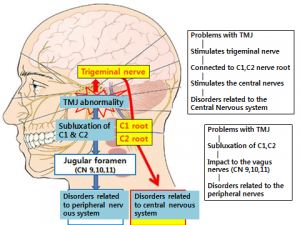
In conclusion, active Trigger points in the upper trapezius, sternocleidomastoid, and temporalis muscles were more common in ETTH subjects than in healthy controls, although trigger point activity was not related to any clinical variable concerning the intensity and the temporal profile of a headache. ETTH patients showed greater FHP and lesser neck mobility than healthy controls, although both disorders were not correlated with headache parameters. ETTH subjects with active trigger points tend to have a greater FHP than those patients with latent trigger points. Since trigger points might contribute to the origin and/or maintenance of a headache, a comprehensive knowledge of the role of these muscles in the appearance of a headache awaits further research.
Think you need help? We provide individual tailor-made corrective exercise programmes.
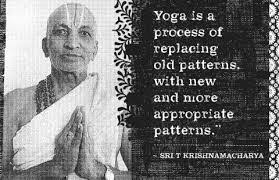
Bibliography
“Eat, move and be healthy”- Paul Chek
“Myofascial Trigger Points, Neck Mobility, and Forward Head Posture in Episodic Tension-Type Headache” – César Fernández-de-las-Peñas PT, Maria L. Cuadrado MD, PhD,Juan A. Pareja MD, PhD

